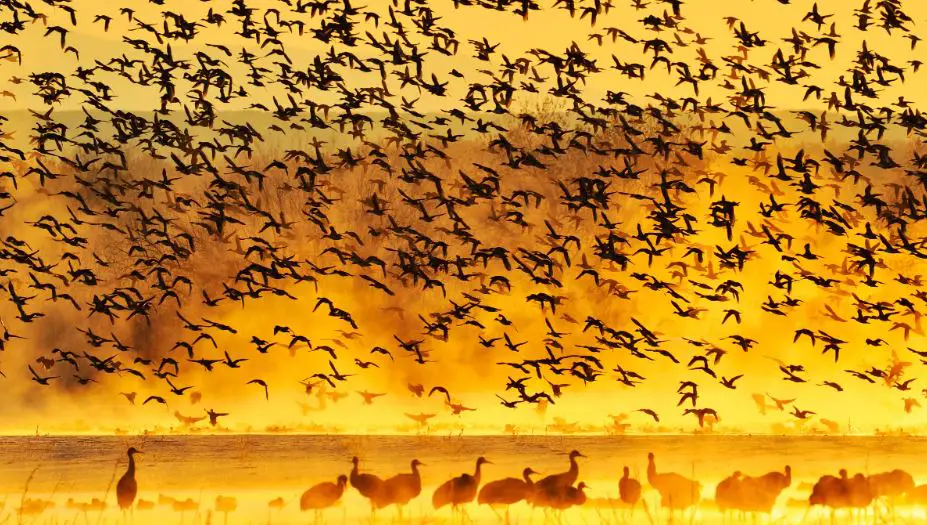Foreign research has found that by 2070, global warming will cause 4,000 viruses to spread between mammals, including animals and humans, and the current study was published Thursday (28th) in a journal “Nature”.
Animals were forced to relocate away from a warming climate, creating the first species-to-species contact, the study found. According to reports, the COVID-19 outbreak may have originated from Southeast Asian horseshoe bats, which transmitted the SARS-CoV-2 virus to humans.
Greg Albery, a postdoctoral researcher at the Wissenschaftskolleg zu Berlin and co-author of the study, told CNBC that 4,000 cross-species virus transmissions among mammals does not represent 4,000 potential COVID-19 outbreaks, but it is possible Affect animal health, and then spread to humans.
The report notes that bats account for nearly 90 percent of the first encounters between new species because they can fly, and most of the first encounters are in Southeast Asia. Albery believes that although bats are one of the vectors of virus transmission, it cannot be killed or prevented from moving the species, otherwise it will only make things worse, because oppression may cause bats to carry out larger-scale transmission.

Computer modeling to predict where species might overlap.
For the first time in their study, Albery and co-author Colin J. Carlson, a postdoctoral researcher at Georgetown University, used computer modeling to predict where species might overlap.
According to the results, by 2070, hotspots for the transmission of the novel virus in the tropics will overlap with population centers in the Sahel region of Africa, the Ethiopian plateau, the Great Rift Valley, and eastern China, India, Indonesia, and the Philippines. In addition, some European population centers may also be transmission hotspots.
Properly identifying and combating the spread of zoonotic viruses could cost as much as $1 billion, research that is critical to preventing a pandemic, the study indicated.
Source: CNBC




